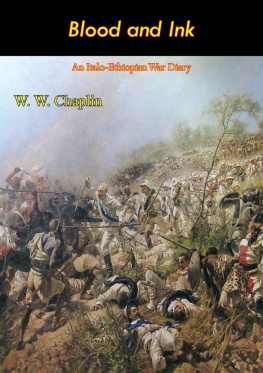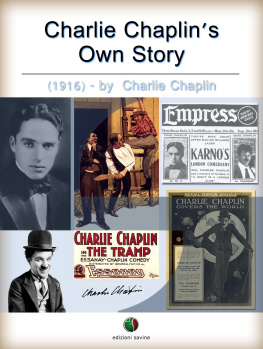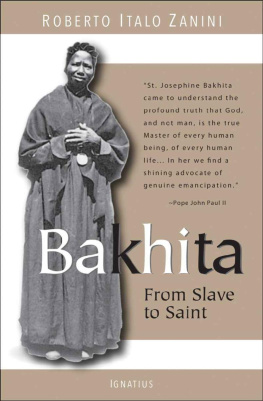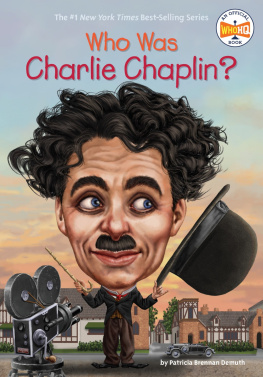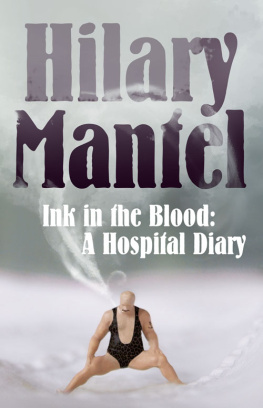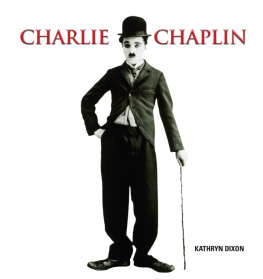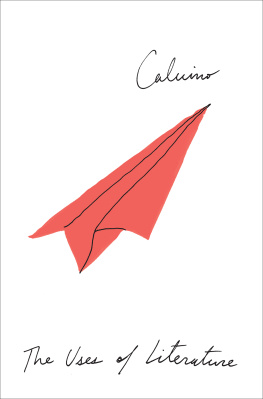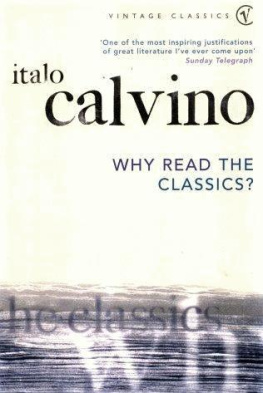W. W. Chaplin - Blood and Ink: An Italo-Ethiopian War Diary
Here you can read online W. W. Chaplin - Blood and Ink: An Italo-Ethiopian War Diary full text of the book (entire story) in english for free. Download pdf and epub, get meaning, cover and reviews about this ebook. year: 2018, publisher: Borodino Books, genre: History. Description of the work, (preface) as well as reviews are available. Best literature library LitArk.com created for fans of good reading and offers a wide selection of genres:
Romance novel
Science fiction
Adventure
Detective
Science
History
Home and family
Prose
Art
Politics
Computer
Non-fiction
Religion
Business
Children
Humor
Choose a favorite category and find really read worthwhile books. Enjoy immersion in the world of imagination, feel the emotions of the characters or learn something new for yourself, make an fascinating discovery.
- Book:Blood and Ink: An Italo-Ethiopian War Diary
- Author:
- Publisher:Borodino Books
- Genre:
- Year:2018
- Rating:5 / 5
- Favourites:Add to favourites
- Your mark:
- 100
- 1
- 2
- 3
- 4
- 5
Blood and Ink: An Italo-Ethiopian War Diary: summary, description and annotation
We offer to read an annotation, description, summary or preface (depends on what the author of the book "Blood and Ink: An Italo-Ethiopian War Diary" wrote himself). If you haven't found the necessary information about the book — write in the comments, we will try to find it.
Blood and Ink: An Italo-Ethiopian War Diary — read online for free the complete book (whole text) full work
Below is the text of the book, divided by pages. System saving the place of the last page read, allows you to conveniently read the book "Blood and Ink: An Italo-Ethiopian War Diary" online for free, without having to search again every time where you left off. Put a bookmark, and you can go to the page where you finished reading at any time.
Font size:
Interval:
Bookmark:


This edition is published by BORODINO BOOKS www.pp-publishing.com
To join our mailing list for new titles or for issues with our books borodinobooks@gmail.com
Or on Facebook
Text originally published in 1936 under the same title.
Borodino Books 2018, all rights reserved. No part of this publication may be reproduced, stored in a retrieval system or transmitted by any means, electrical, mechanical or otherwise without the written permission of the copyright holder.
Publishers Note
Although in most cases we have retained the Authors original spelling and grammar to authentically reproduce the work of the Author and the original intent of such material, some additional notes and clarifications have been added for the modern readers benefit.
We have also made every effort to include all maps and illustrations of the original edition the limitations of formatting do not allow of including larger maps, we will upload as many of these maps as possible.
Blood and Ink
An Italo-Ethiopian War Diary
by
W. W. CHAPLIN
Universal Service Correspondent
With a Foreword
by
FLOYD GIBBONS
Contents
In the history books, the Italo-Ethiopian War will doubtless be entered as one of the strangest wars ever waged. History will record the spectacle of a primitive peoplehaphazardly armed and lacking in modern military techniqueseeking to resist Mussolinis modern war machine by tribal cunning on the battlefield and up-to-date intrigue in the diplomatic councils of Europe.
But what the history books will not record, W.W. (Bill) Chaplin tells in this fascinating volume. It is behind the scenes of politics and bloodshed in this curious conflict that Mr. Chaplin takes the reader in a vivid diary of his day-by-day experiences and observations at the Italo-Ethiopian War front.
Written with the dramatic simplicity of a newspaperman trained in the art of brevity, Mr. Chaplins account of the thousand and one quixotic incidents in a war correspondents life in Ethiopia sparkles with interest and amusement. From the beginning when he describes his departure on an Italian troop-ship at Naples to the very end when he returns to the same port as the approaching rainy season slows down the pace of the war, Mr. Chaplin records an odyssey as strange as the war itself.
Few newspapermen are as well qualified as Mr. Chaplin to write of this war. With the A.E.F. in France, Chaplin was in the thick of it, as a soldier. As a foreign correspondent who has seen service in England, France and Italy, he is a penetrating observer and during my own personal friend-ship with him both in this country and abroad I have had more than one occasion to marvel at his lightning-like grasp of every new situation with which he was confronted.
With sun helmet, anti-malaria injections and a spirit of adventure, Mr. Chaplin and the American war correspondents who were with him defied death and pestilence and manifold hardships in Ethiopia in order to inform American newspaper readers of what was going on at the front. They marched with the invading troops to heart-taxing altitudes, lived in tents, and subsisted on army rations. Tall, lean, sinewy headline-hunter that he is, Chaplin endured all these hardships while one American correspondent after another collapsed from the strain.
But there was a lighter side to the war, too, and a rich whimsical vein of humor runs throughout the pages of the diary that follows.
The reader is led through picturesque by-ways into the heart of the Ethiopian war zone and shown not only what war has wrought on the battlefield but what it has wrought in the hearts of fighting men. This and much more that is of human texture, Mr. Chaplin tells in a diary that reflects undiluted curiosity and a subtle sense of the dramatic.
SEYMOUR BERKSON,
Managing Editor
Universal Service.
New York,
March 1, 1936.
War talk had been in the air for several months and the world was prepared for a grim test between a modern war machine and an untrained army.
With all the latest photographic equipment and improved technique, newspaper editors looked forward to wonderful illustrations for their war stories. On to Ethiopia was the battle cry of cameramen from the four corners of the earth. Every man was sure he would make picture history while Il Duce was attempting to change the geographical outline of Ethiopian territory.
To the cameraman who achieved remarkable picture results, despite the strange transition from comfortable metropolises to barely civilized Ethiopian villages, the reading world owes tribute.
On the surface the assignment seemed easy enough to the International News Photos cameramen whose pictures illustrate this volume. Simply a case of traveling many thousands of miles. Any hazards which might intervene would be taken in stride, just as those met with in daily news routine. They changed their minds when they arrived on the scene. And they had difficulties making camp with the invading Italians on the tops of mountains, 10,000 feet up, with the freezing rarefied atmosphere which soon took its toll from newspapermens stamina as the daily march into the Ethiopian interior progressed.
On the Ethiopian side, the cameramen had to contend with the unbearable heat of the day which reached 115 degrees in the shade. In addition, those news picture men with the Haile Selassie army had to guard against tropical diseases, infections and discomforts.
That these men were able to procure any pictures of the drama was remarkable, because of the guerrilla type of warfare being waged, most of it in darkness, and the lack of trench and front line type of warfare which was anticipated. Both the Italian and Ethiopian authorities refused to grant photographers permission to accompany the advance contingents to the front and the men who were covering the front had to devise their own means for keeping up with the warriors. They were sent to the war zone to get close-up pictures of hand to hand fighting and they had to establish their own caravans to trek across the stone-littered barren country to send back to the newspapers and theatres of the world. All their ingenuity had to be exercised to get beyond the bounds of official red tape.
After making their pictures they had to plan ways and means of getting the photos out of the war zone. Expense in covering wars is terrific, but this issue was not nearly as important as obtaining the means for transporting pictures. There was a dearth of planes for such purposes. Hence, airplanes had to be chartered in Europe and flown down to the battlefronts and then used in constant relays between Asmara and Khartoum and Addis Ababa and Khartoum. From this point the trans-Egyptian and European scheduled planes carried the pictures to Rome, Paris and London, and, after developing and printing, sent to the newspapers throughout the world from these capitals.

I have read Bill Chaplins war diary from the first word to the last.
I have devoured it in one cover-to-cover reading, unable to lay it down until I reached the end.
Its simple, terse, running style carried me on, page after page, and left me at the finish with a craving for more. Its stark truthfulness is compelling.
Next pageFont size:
Interval:
Bookmark:
Similar books «Blood and Ink: An Italo-Ethiopian War Diary»
Look at similar books to Blood and Ink: An Italo-Ethiopian War Diary. We have selected literature similar in name and meaning in the hope of providing readers with more options to find new, interesting, not yet read works.
Discussion, reviews of the book Blood and Ink: An Italo-Ethiopian War Diary and just readers' own opinions. Leave your comments, write what you think about the work, its meaning or the main characters. Specify what exactly you liked and what you didn't like, and why you think so.

